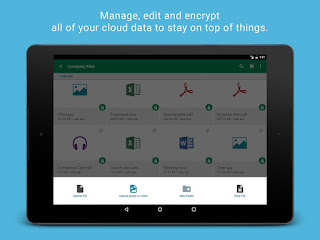

Nonetheless, it is not clear why a cryptographic hash or HMAC was not used instead. The integrity protection can be bypassed, but XTS prevents a reliable attack, so it does not currently appear to be an issue. The current version of TrueCrypt utilizes XTS2 as the block cipher mode of operation, which lacks protection against modification however, it is insufficiently malleable to be reliably attacked. Currently, integrity is provided using a string (“TRUE”) and two (2) CRC32s. The team also found a potential weakness in the Volume Header integrity checks.
#Truecrypt security audit full#
This includes recommendations to enable full disk encryption that protects the system disk, to help guard against swap, paging, and hibernation-based data leaks.
#Truecrypt security audit how to#
In contrast to the TrueCrypt source code, the online documentation available at does a very good job at both describing TrueCrypt functionality and educating users on how to use TrueCrypt correctly. The security community's attention became razor focused on the ongoing audit of TrueCrypt after the software's developers abandoned their work under mysterious circumstances last year. A more in-depth discussion on the quality issues identified can be found in Appendix B. 'Based on this audit, Truecrypt appears to be a relatively well-designed piece of crypto software,' crypto boffin Matthew Green said in a blog post on Thursday. This includes issues such as lack of comments, use of insecure or deprecated functions, inconsistent variable types, and so forth.
#Truecrypt security audit driver#
Overall, the source code for both the bootloader and the Windows kernel driver did not meet expected standards for secure code. Green said that the second phase was now to perform a “detailed crypto review and make sure that there’s no bug in the encryption.”

“I think the code quality is not as high as it should be, but on the other hand, nothing terrible is in there, so that's reassuring.” " don't panic me,” Matthew Green, a Johns Hopkins cryptography professor who has been one of the people leading this effort, told Ars. By February 2014, the Open Crypto Audit Project-a new organization based in North Carolina that seeks formal 501(c)3 non-profit status- raised around $80,000 toward this goal on various online fundraising sites. Since September 2013, a handful of cryptographers have been discussing new problems and alternatives to the popular security application. 'Based on this audit, Truecrypt appears to be a relatively well-designed piece of crypto software. The results of the audit were announced today, and the news is mostly good. While the team did find some minor vulnerabilities in the code itself, iSEC labeled them as appearing to be “unintentional, introduced as the result of bugs rather than malice.” Other members of the security community decided to determine whether that warning was justified by subjecting TrueCrypt's code to a crowdfunded code audit. Further Reading New effort to fully audit TrueCrypt raises $16,000+ in a few short weeksThe results? iSEC, the company contracted to review the bootloader and Windows kernel driver for any backdoor or related security issue, concluded (PDF) that TrueCrypt has: “no evidence of backdoors or otherwise intentionally malicious code in the assessed areas.”


 0 kommentar(er)
0 kommentar(er)
